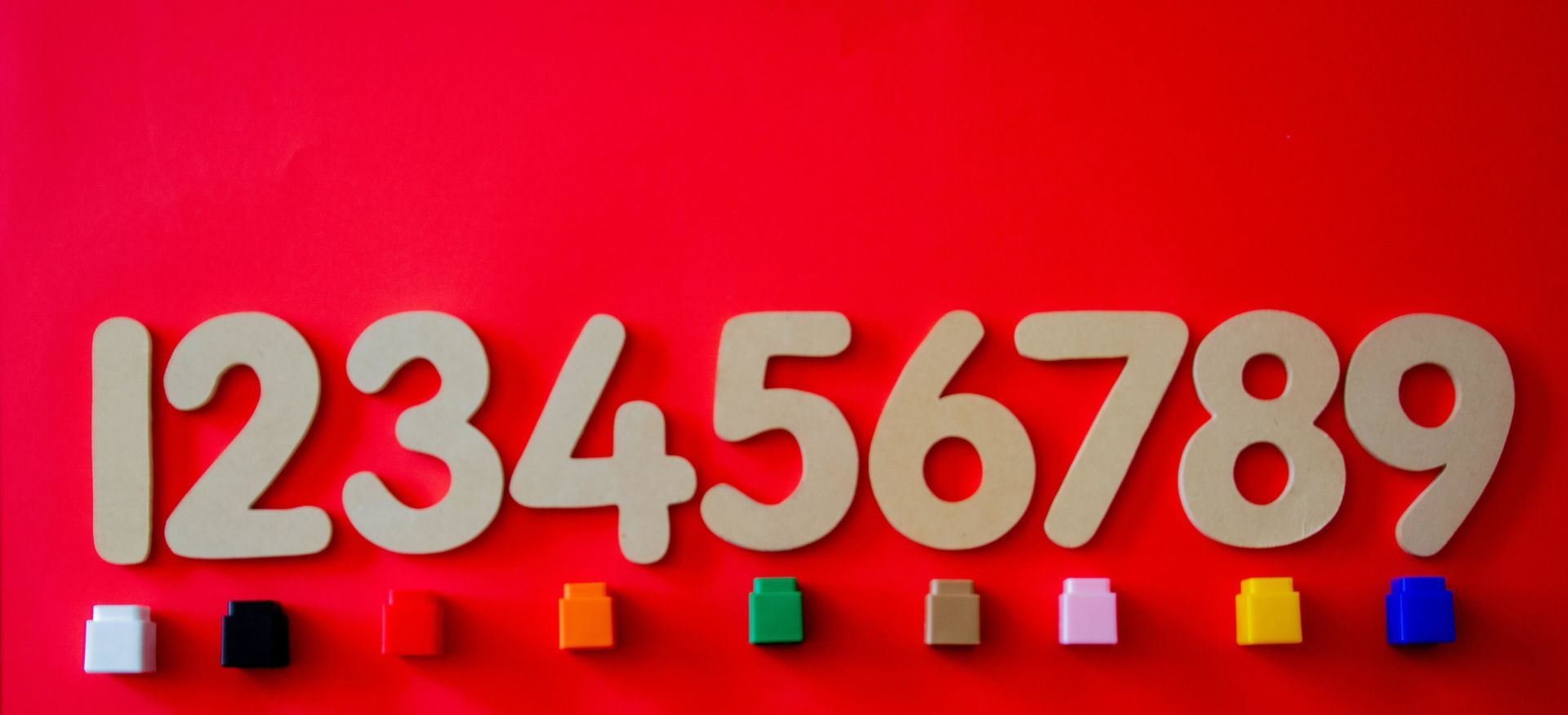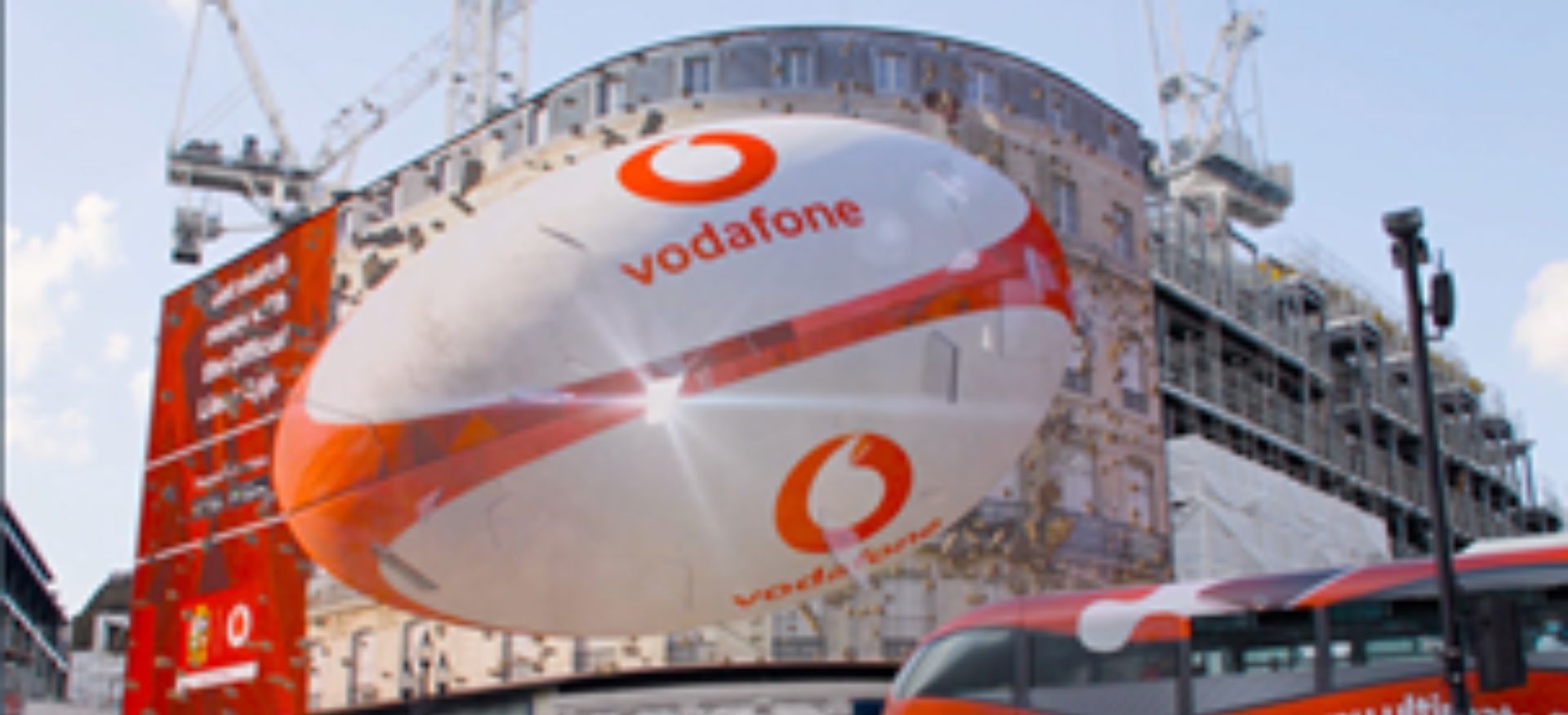Blog
Welcome to our blog page, where we bring you a diverse range of content covering everything from industry updates to internal news and insightful views. Stay informed and inspired as we keep you up-to-date with the latest developments in the ever-evolving landscape of our industry.

Football is more than just a game, it is the most popular sport in the world and the Euros 2024 was no exception. With billions (UEFA.COM, 2024) of fans tuning into every game - whether that be from the pub, the sofa or sat around a tiny flatscreen at Glastonbury (shout out to Louis Tomlinson) - one thing is for sure; England fans were well and truly hooked on this nail-biting magnificent tournament!

Winter is bleak enough, without a looming recession, high inflation and now the threat of food rationing. As consumers feel the pinch and businesses face soaring costs, a lot of brands are questioning how they can best connect with consumers at this time. ITV’s recent ‘Race to the Top’ webinar highlighted that despite the pressures, people are still spending, but assessing value in different ways. The ITV study found that whilst price is important, quality came a very close second as a factor of choice. Consumers were also more likely to purchase when brands communicated why prices needed to go up and didn’t mind paying for something if it made them feel good. This emotional hook could be rooted in the social or sustainable benefits from buying a brand, or simply by offering those everyday magic moments; like a home interiors advertiser suggesting little home lifts, or an indulgent me-time snack. TGI’s Global Quick View 2023 study shows that if UK adults had to reduce spending due to the cost-of-living crisis, they would prioritise holidays and going out to eat and drink. Consumers don’t want bleakness right now, they want uplifting experiences that enrich their lives. So, before brands turn to price discounting as a value incentive, perhaps they should consider their customers’ needs and how value may be added in other ways. Then communicate that in an entertaining but empathetic way. Karen Light Sources: Race To The Top: How brands should respond to the cost of living crisis (itvmedia.co.uk) GB TGI December 2022-© Kantar - “If you have to reduce your spending due to the cost-of-living crisis, which of the following would you prioritise spending your money on?” (top choices in Britain, by % adults): 29% Holiday/Short Break, 27% Going out to eat or drink System1 Group – Innovating in a Recession Jan 2023

Radio is a brilliantly effective media type but can often be undervalued and can admittedly be difficult to measure. So, radio, what’s new? Let’s take a look… Anyone who knows me, is well aware that I love a bit of audio advertising having worked for many years at a radio station group and headed up radio planning at a large network agency. It’s not right for every brief (but what is?) and it’s a specialist skill to write a great script for radio (we know some ace people who can help out in that area). Nine times out of ten though, radio can deliver cost effective reach volume against many key audiences, contributing to both short and longer term impact on sales and brand health measures. So why do many advertisers shy away from it? Like a lot of brand advertising activity, the bottom line is that it can be hard attribute and measure direct impact. This is never music to the ears of the finance department – nor helpful when you’re the marketing lead keen to seek budget approval. Growing numbers of people are tuning in to commercial radio Radio in the UK is having it’s finest hour - now reaching its highest ever total audience. The most recent Rajar figures revealed that commercial radio has overtaken BBC radio channels on share of listening for the first time in 23 years! The UK total radio weekly audience now stands at 49 million people, with a whopping 88% of the population tuning in. Within that, commercial radio now reaches 36.3 million. In contrast, the BBC’s total audience has declined from 34.9 million in Q4 2015 to 33 million in the latest figures. Great news for advertisers – the opportunity to reach high volumes of consumers via radio advertising is on the up! Couple this with the increased adoption of digital audio and the popularity of podcasts growing all the time, radio & audio platforms offer a prime opportunity for advertisers to take advantage of. We know it works; the largest advertising brands have invested heavily and consistently in radio over many years, often combining it with other media to gain that holistic multi-touchpoint effect. For me, the confidence in using radio comes from embracing both soft and hard metrics. There has to be a blend between the hard metric of “we spent this and got this back” with softer brand health metrics which you take time to build and to measure impact. RadioCentre have some amazing supporting studies for radio advertising. One demonstrates that digital activity, whilst measurable, has significant weaknesses in areas where radio excels, including increasing brand salience and maximising campaign reach. More importantly; radio sits above all media except TV in increasing profit ROI

It’s widely quoted that quarter 4 of 2022 will be a bit of an anomaly in the TV market, and potentially other media markets too. Not only do we have the usual noisy build up to Christmas bringing with it heavily demanded autumn airtime, but we also have a World Cup to deal with running from 21 November – 18 December this year, which gives many a media planner the need for a headache tablet and a lie down. Combine the two and we end up with a lot of clutter and some potentially very expensive costs for advertisers.

I saw a stat this week which showed that in seven years the age profile of Facebook has radically changed taking over 65s from a 6% minority to the largest single demographic cohort in 2021 at nearly 20%. In fact, the change within the older audiences in the main digital platforms shows high percentage increases throughout as the early adopters potentially move on and leave them to “mainstream” use. So with the fast pace that our media behaviours are changing, can we still use age groups to paint a picture of our audiences habits and media consumption? As with most things, the answer is not clear cut and I think we can to an extent but there are some elements embedded in our brains which we first need to overcome. Assumption is the lowest form of knowledge Kantar’s latest report ‘Beyond Age’ offers a new perspective on the understanding of age profiling in making your marketing more effective. A important chart in this report is the “Arc of Life” which shows age versus key life events such as moving home, getting married or having children. Milestones like these have always been crucial indicators for advertisers in sectors like home improvements and child related products to really understand when someone is most likely to engage with their brand. Society ‘norms’ are shifting so for example the average age to buy a house is 27 as is the birth of a first child. Marriage tends to come later at 34 and retirement is now standing at 67-68 which could be different to what you might assume. So assumptions are something we very much have to avoid in our media planning. What’s more, the importance of conducting in-depth research up front is becoming more and more vital as consumers are faced with ever-increasing ways in which media is delivered to them.






